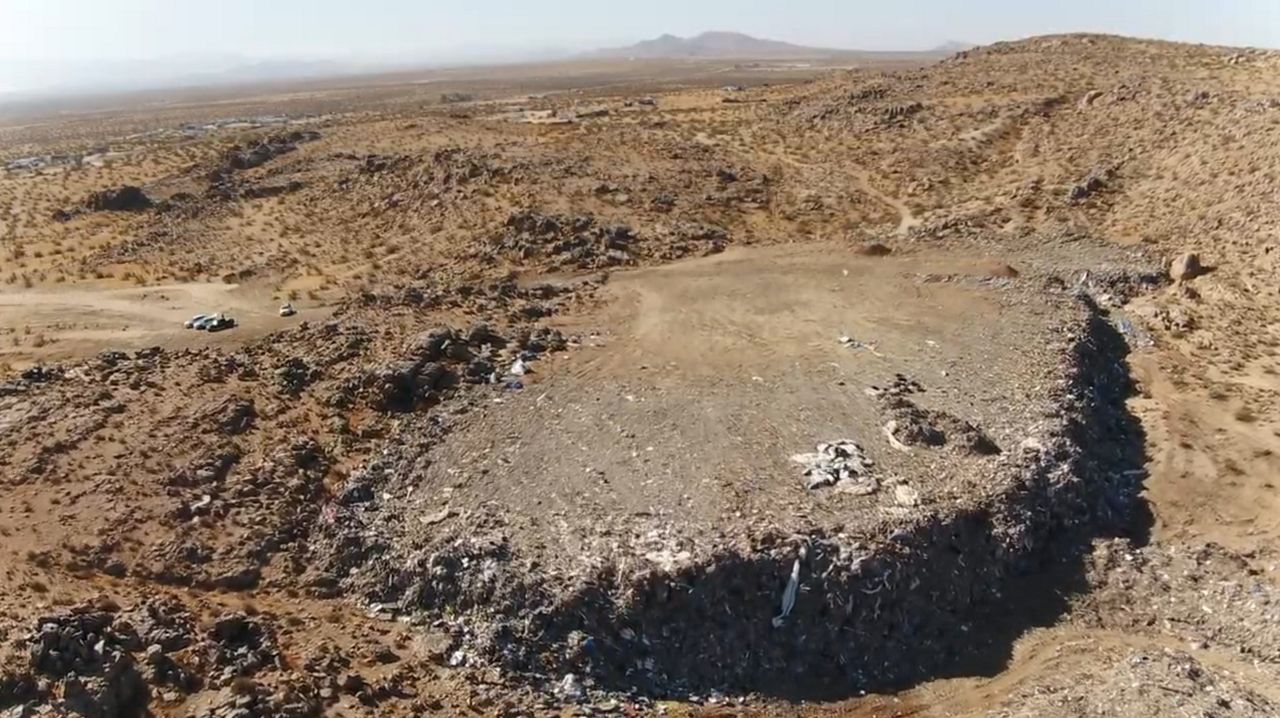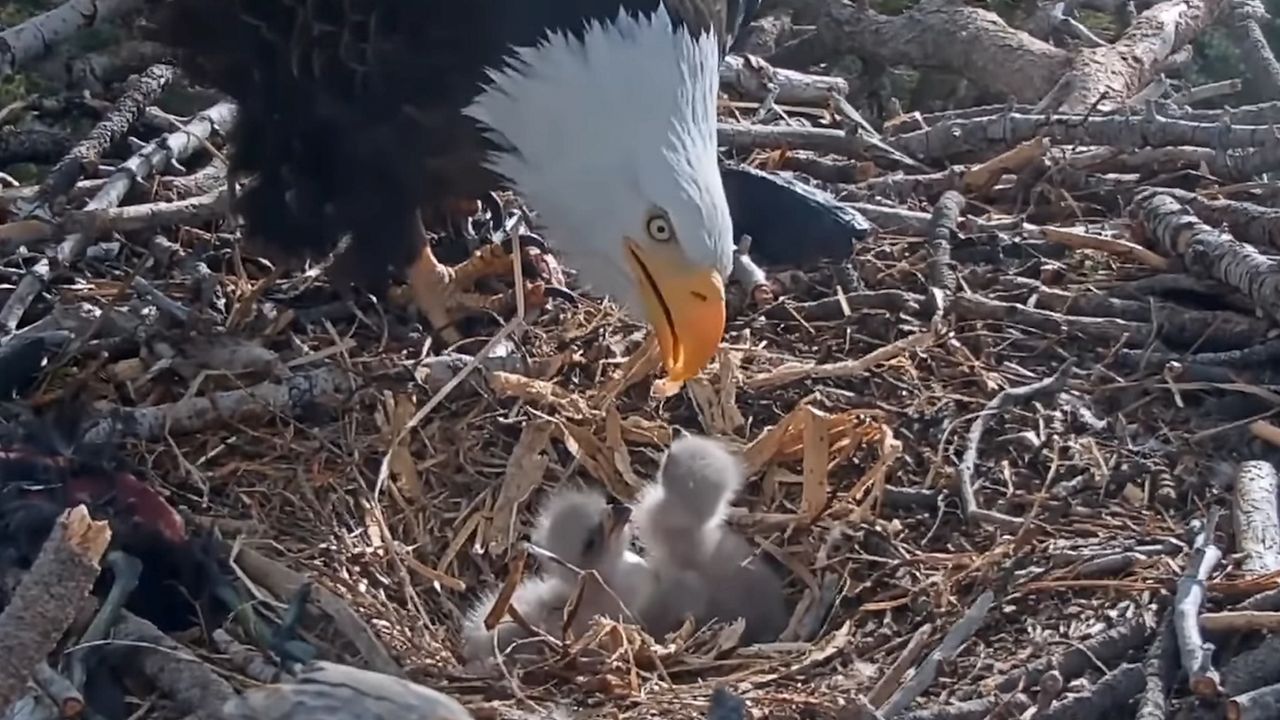MONTEREY, Calif. — A small robot. An iPhone. A camera that looks almost alien. These are the tools Dr. Geoff Shester uses to explore a foreign world.
“It’s just another world down there,” he said. “It’s basically as close as we can get to really being on another planet.”
Shester fell in love with the ocean when he first began scuba diving, a love that led him to submerge himself in a career with Oceana where he spends his time studying life under the sea, using tools like a compact, red Geneinno underwater robot he affectionately calls Gino.
“Come here, little Gino!” he cooed as steered it back to the surface. “Come here, buddy!”
Gino is his everyday robot, but there are others. During a recent trip to Alaska, he used a much larger underwater camera that required the help of several hands as it was mechanically lifted on and off the boat.
“It’s all about using new technology to help save the ocean," he said.
Ocean health is something that worries him every day. What many fail to realize, he said, is how connected what we do above ground is to what’s happening beneath the waves. Take, for instance, greenhouse gas emissions. Gases like carbon dioxide trap heat in the atmosphere, but for decades, the ocean has acted as a sort of buffer, absorbing over 90% of the heat and co2 we release into the air.
“If we didn’t have the ocean, and we were putting all this carbon dioxide into the atmosphere, the planet would be about 100 degrees hotter now,” Shester explained, “which would essentially make the entire planet inhospitable.”
It’s an important role, but it comes at a cost. Just as temperatures are rising on earth, the ocean is also experiencing heat waves, enough to damage fisheries, wildlife and deep sea coral. CO2 is also making the ocean more acidic, making it more difficult for crabs and oysters to build their shells.
“Even just a few degrees temperature change can mean life or death for a lot of ocean animals,” Shester said. “Once you get over some of these tipping points, you can’t go back.”
But despite these alarming trends, he remains buoyed.
“To me, the ocean is a place of hope,” he explained. “It is amazing how resilient the ocean can be.”
Marine protected areas, where humans, fishing and drilling are all off limits, are now once again teeming with marine life. The 30 by 30 project is a global effort to protect 30% of the ocean in this way by 2030.
Shester also stresses the need to end our reliance on fossil fuels. Not only because of environmental concerns but also manmade disasters like oil spills, “which essentially are going to happen,” he said.
It’s something he’s seen the impact of firsthand, having interned for the Exxon Valdez Restoration Office in Anchorage Alaska.
“There’s no way to ultimately prevent oil spills and sadly there’s really no way to clean them up,” he said.
Surrounded by water, Shester keeps a watchful eye on all of it, big creatures and small, those that fly and those that swim. And of course he’s watching the horizon. Changes are already happening out there in the vast ocean, but it’s not too late to turn the tide.
“It’s our treasure. It’s our nest egg that we’re here to protect,” he said. “and I feel just a sense of responsibility and amazement at the same time.”











